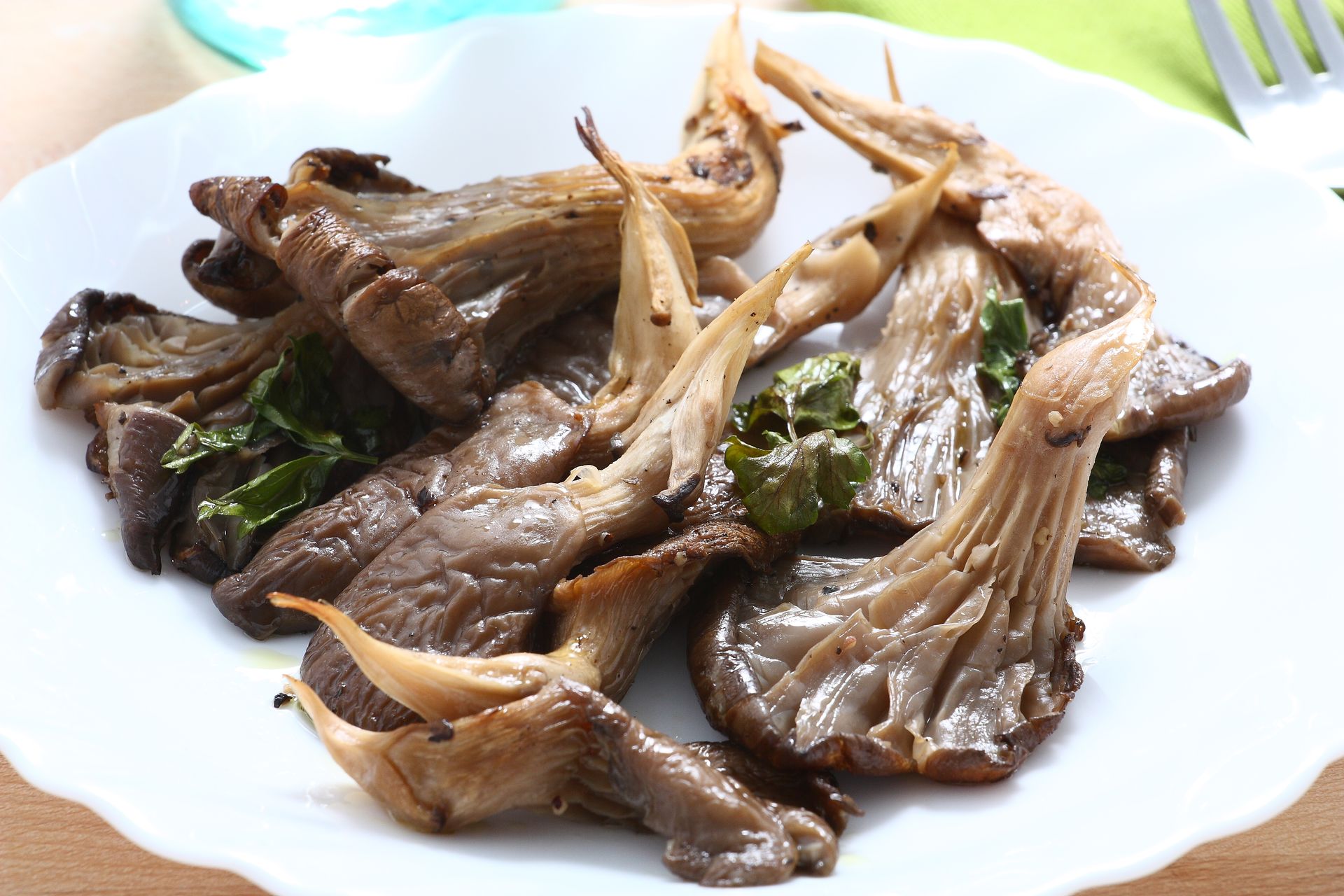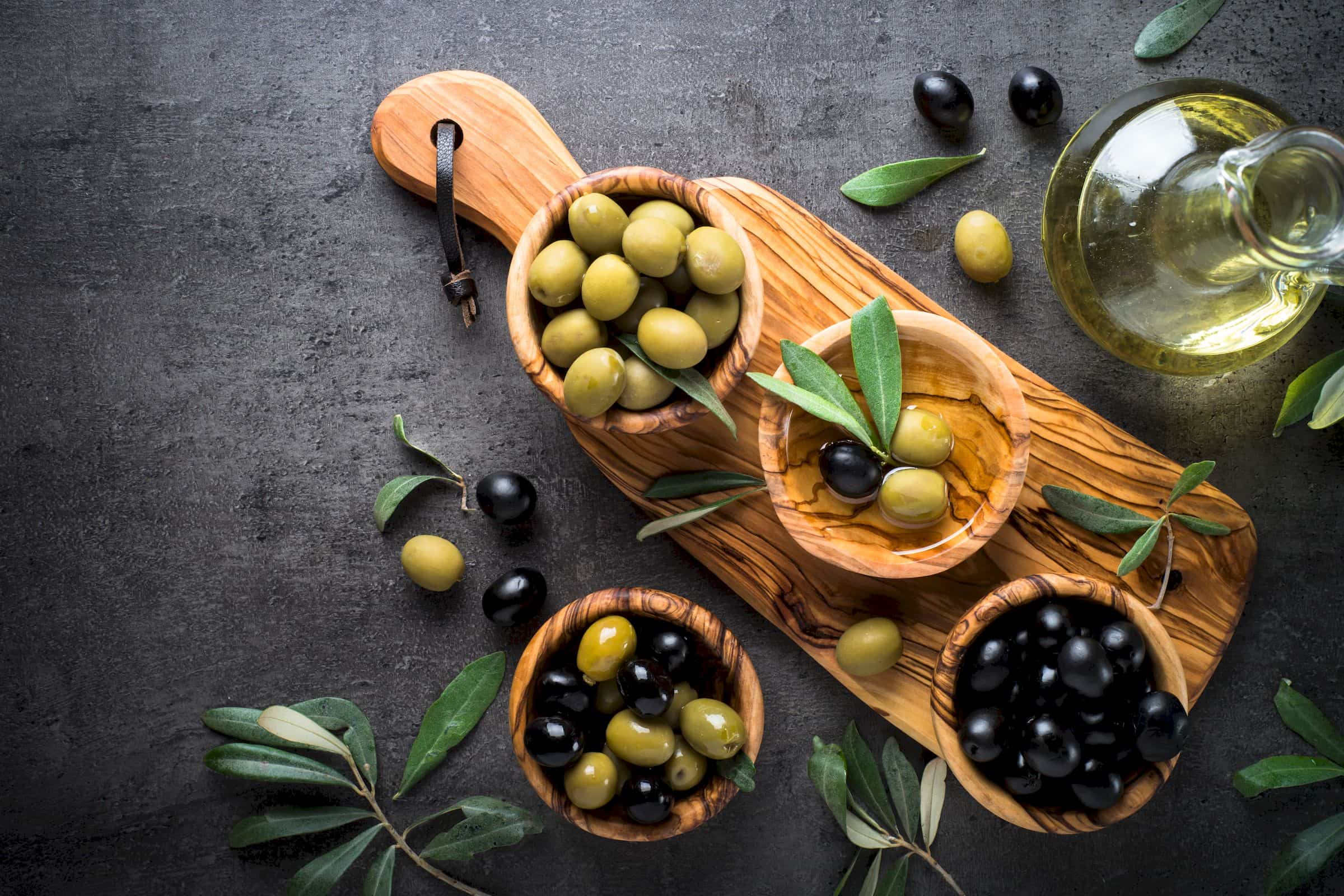In October the change of season, with the arrival of autumn, is much more evident: the landscape and the table change color. From the bright colors of summer to a warmer but less bright shade, a compendium of yellows, oranges, browns and greens with touches of red. Autumn offers very tasty foods, a mix of fruit and vegetables with an intense and energizing taste and warm aromas.
compendium of yellows, oranges, browns and greens with touches of red. Autumn offers very tasty foods, a mix of fruit and vegetables with an intense and energizing taste and warm aromas.
There are autumn foods that are found throughout Italy (or rather in the whole Mediterranean basin) and that characterize this season, such as chestnuts and kaki, pomegranates, grapes and pumpkin. But there are other autumn foods that are typical of Puglia, or that find their most fertile soil in this region.
Here are the 5 unmissable autumn foods in Puglia. And don’t forget to accompany them with good new wine!
1. Lampascioni
One of the autumnal foods in Puglia are the Lampascioni, kind of small onions with a bitter taste. They have excellent energy properties for the body and can be eaten either boiled or fried or in oil.
If you prepare them at home make sure you have some time because – being bulbs that collect from underground – the cleaning operation is quite long. Moreover, before being cooked, in order to eliminate the excessively bitter taste, it is advisable to leave them in water for a day and change the water a couple of times.
We assure you that it will be worth it!

2. Cardoncelli mushrooms
Although this type of mushroom is present in other Italian regions, it is the Murge Plateau (Apulian hilly area) the cradle of this fleshy and firm mushroom. Here is concentrated most of the spontaneous and cultivated production, because in these poor mixed-grass soils it finds its ideal habitat.
Cardoncello is one of the most delicious and tasty mushrooms and keeps its consistency unchanged even after cooking. It can be consumed indifferently raw, roasted, fried, gratinated, sautéed or as a condiment in many dishes based on pasta, rice, meat, fish, legumes and vegetables, maintaining unaltered its organoleptic qualities and most of the time enhancing even the ingredient which is accompanied.


3. Wild chicory
Another autumn food that cannot be missed in the Apulian table and which embodies the spirit of traditional poor cuisine is the wild chicory, a natural plant that in its wild variant is found in enormous quantities in the Apulian territory and that everyone – as long as knows how to recognize it – can pick up, just like asparagus or rocket.
It is called wild chicory because it is different from the cultivated one from which the endive salads, the curly chicory, the radicchio and other endives derive. The only thing that wild and domestic chicory have in common is the bitter taste that, much more pronounced in the wild one. It is exactly the bitter taste that makes wild chicory particularly appreciated.
With the wild chicory, you can prepare that coffee substitute that our ancestors often consumed, a very dark-colored coffee that was drunk when there was nothing else.
In Apulian cooking, the leaves of wild chicory are usually seared and sautéed in a pan with a drizzle of oil and a clove of garlic. It can be an excellent side dish or the basic preparation for filling cakes and quiches.
With the leaves you can also make an excellent risotto; moreover, the bitter taste of chicory goes very well with soft and semi-mature cheeses.
For the ancestors, who knew it well, wild chicory had healing powers for the liver and gall bladder and was a tonic for the digestive system.


4. Fresh olives
Olives do not need a presentation. It is one of the most famous food products of the Apulian territory, from which the famous EVO is extracted. However, olives can also be eaten and, although in most cases they tend to be preserved in brine and then used at will during the year, they can also be eaten fresh, usually fried.
The variety of olives suitable to be eaten in this way are the black olives called “olive Nolche” better known as “olive dolci”(“sweet olives”). They are the first to mature and are characterized by a dark color and a slightly bitter taste, which is corrected with the addition of salt during the preparation.
They are fried when they are ripe and during cooking, they give off an irresistible scent and have a unique taste, a bitter aftertaste that coexists with a hint of sweetness … after eating the first it is impossible to stop!
It is an old traditional poor dish, but very tasty, especially if you add small tomatoes and/or peppers, getting a quick and easy starter, also excellent as an appetizer snack.


5. Quince Cotognata
The Cotognata is a delicious recipe of ancient tradition typical of the Apulian territory (originally from Lecce), a sort of solid jam prepared with quince.
These hard and sour fruits are typically autumnal and their indefinite shape recalls both that of apples and that of pears.
Even today, the Cotognata is mainly prepared homemade in the period from September to October, so that it can be enjoyed throughout the winter and until the following summer.


